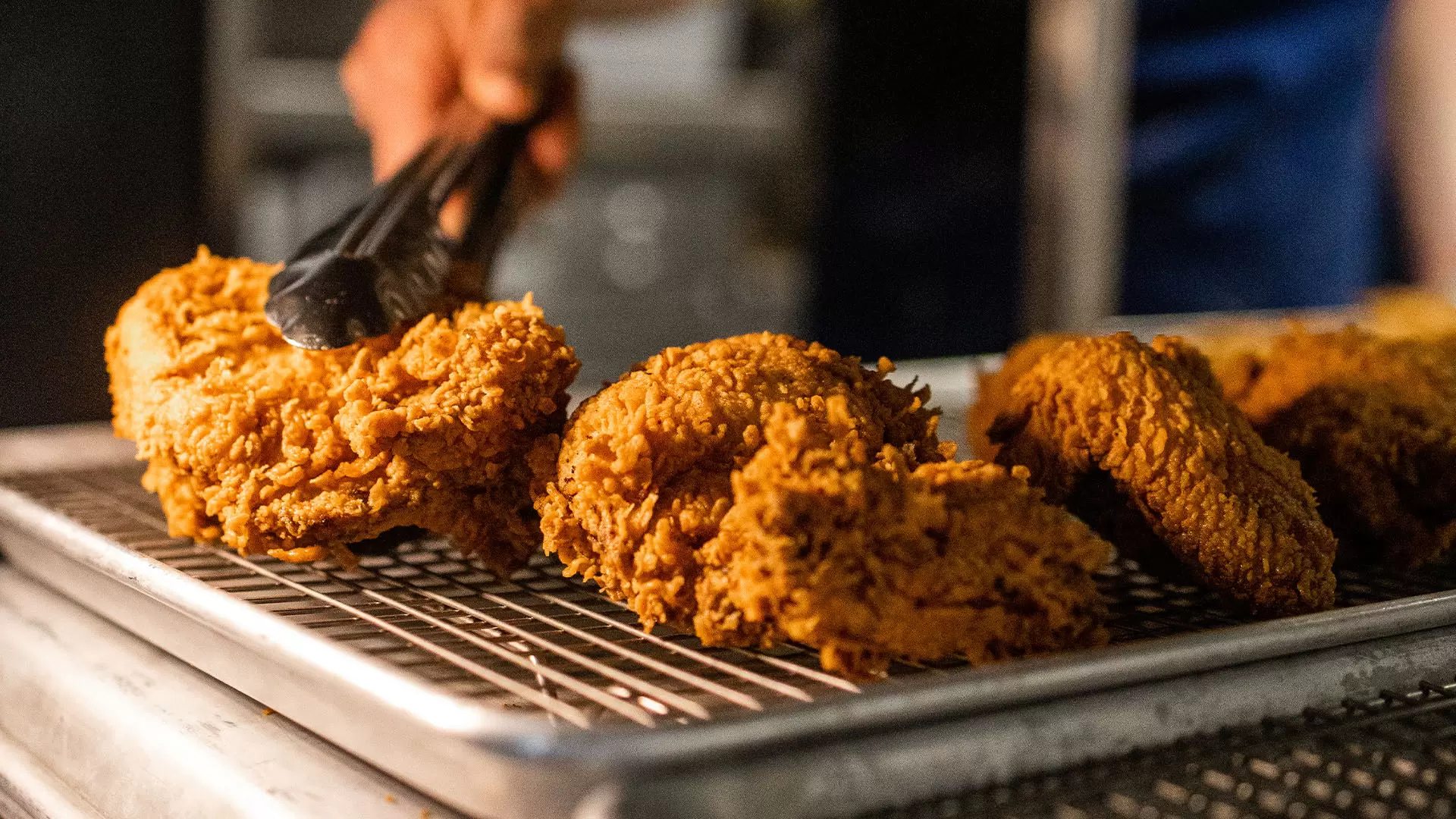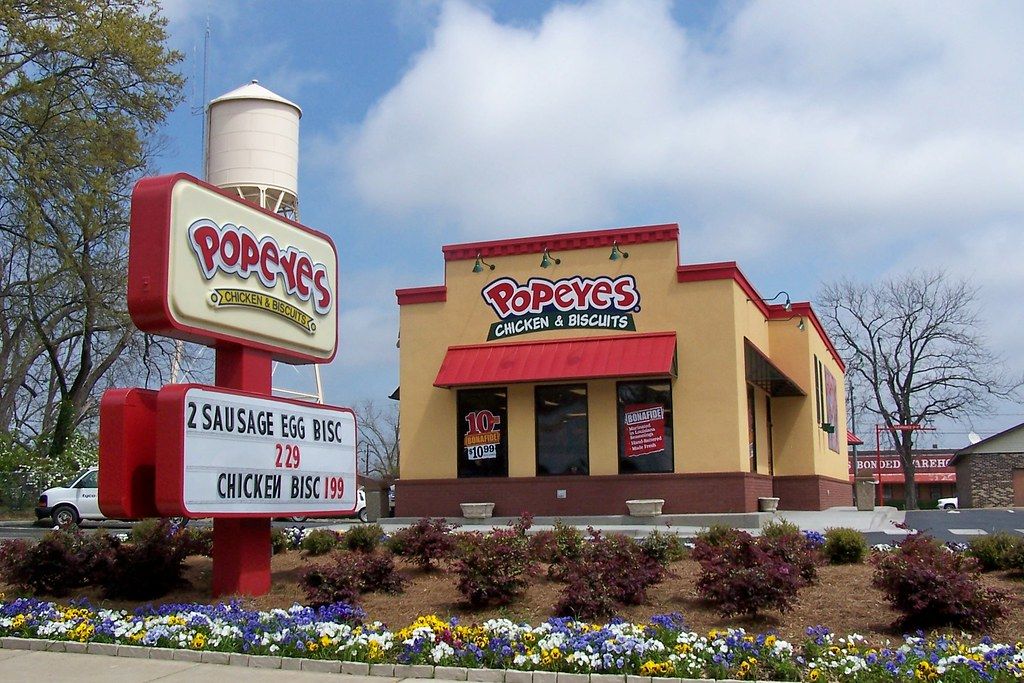
Non-Alcoholic Beer on the Rise, Set to Outstrip Ale
- Jun 20, 2025
Increased consumer interest is pushing non-alcoholic beer into the spotlight. Despite an overall drop in global alcohol consumption in 2024, the volume of nonalcoholic beer sales surged by 9%, according to new figures from IWSR, an international firm specializing in beverage alcohol market research. As the total beverage alcohol volume dipped by 1% last year, the non-alcoholic beer market is on track to supersede ale, making it, behind lagers, the second most popular beer category globally.
Non-alcoholic beer now accounts for roughly 2% of the world beer market while lagers remain at the top, holding a commanding 92% share. However, research from IWSR suggests that non-alcoholic beer could see an annual growth rate of 8% through 2029. Conversely, ale is expected to see a 2% yearly decline in the same period.
This emerging trend stems primarily from the younger demographic, particularly millennials and Gen Z. These groups are adopting moderation trends such as the "sober curious" or "damp lifestyle" movement. For beer manufacturers, understanding this shift in consumption is crucial to their future product strategy, especially given the rising popularity of alcohol-free options among younger consumers.
Gains in the non-alcoholic beer sector has been notably sharp in the United States. From 2019 to 2024, the volume increased by 175%, placing the US as the third-largest market for non-alcoholic beer, after Germany and Spain.
More developing regions are showing strong performance in this area, according to IWSR. Product strategies are being influenced by local tastes and affordability in markets such as Brazil, Mexico, and parts of the Middle East and North Africa. Here, malt-based or locally influenced styles are often favored over Western-style 0.0 lagers. Future growth may rely on brewers' ability to adapt their offerings to cater for regional preferences and supply.
However, changing societal perceptions remains a challenge. Heineken 0.0 recently commissioned a study which found rising interest in non-alcoholic beer. Despite this, some consumers, especially younger males, claimed they felt social pressure when opting for alcohol-free choices. Among Gen Z respondents from five countries, over a third admitted feeling obligated to consume alcohol in social settings, and 21% admitted to hiding their choice for a non-alcoholic drink.
Even so, the demand persists. In the first half of 2024 alone, Heineken's 0.0 product experienced a 14% surge, contributing to a global non-alcoholic beer market worth an impressive $13.7 billion. In many countries, over half of venues that serve the alcoholic version, also serve the alcohol-free variant.
Despite slower growth in the broader no- and low-alcoholic categories in 2024, non-alcoholic beer remains a highlight. Given its strong consumer interest, regional adaptability, and evolving cultural norms, it appears to be increasingly central to the future plans of brewers worldwide.
For those who are intrigued and wish to explore a sober lifestyle without sacrificing the full beer experience, there are numerous excellent non-alcoholic beers worth trying.






